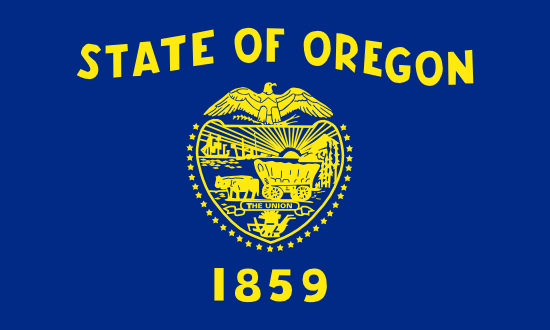
Lebanon
- County:
- Linn County
- County Seat:
- No
- Area (mi²):
- 7.146
- State:
- Oregon
Lebanon is a city located in Linn County, Oregon. Lebanon has a 2025 population of 19,950 . Lebanon is currently growing at a rate of 1.04% annually and its population has increased by 7.59% since the most recent census, which recorded a population of 18,543 in 2020.
The median household income in Lebanon is $56,740 with a poverty rate of 15.99%. The median age in Lebanon is 37.3 years: 35.3 years for males, and 39.7 years for females. For every 100 females there are 97.6 males.